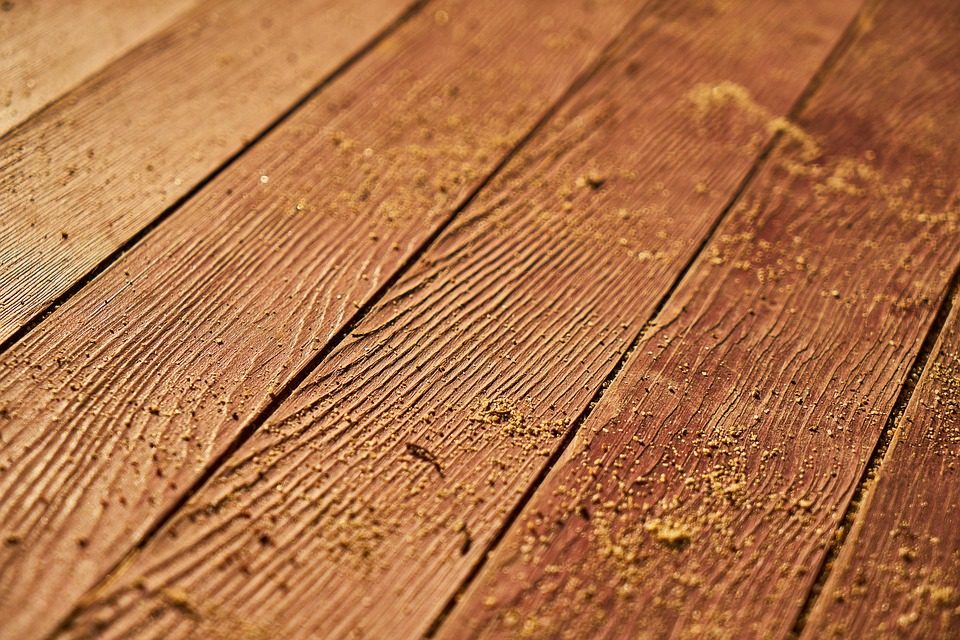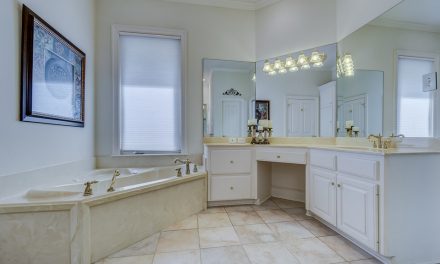Wood-effect tiles have become closer and closer in appearance to the genuine article, but plenty of people are still choosing real timber for their flooring instead of tiles. Want to find out why? Just read on – even those most ardently on the side of the tile may find themselves reassessing their choice.
Timber All the Way Through
Sure, modern wood-effect tiles really do look like genuine timber, at least until they suffer a little scratch or chip. Unfortunately, they only look like wood along their outer layer – once any of the surface is chipped or scratched away, the white porcelain beneath is going to show through clearly. Even the smallest flaw can spoil the appearance of the entire floor, but that’s not a problem you’ll need to worry about with real wood. As an added plus, you’ll be able to sand and refinish genuine wood flooring after a few years to create a like-new appearance, and that just won’t be possible with tiles.
No Grout to Deal With
People will tell you that tiles are easier than real wood because they don’t need to be sealed against moisture. But what tiles do need is grout, and those grout lines might just become the bane of your life. Cleaning grout takes plenty of elbow grease and a surprising amount of time, and you’re going to have to scrub that grout a lot more often than you’ll need to apply a sealant.
You Can Feel the Difference
Sure, most people are attracted to wood flooring because of the way it looks, but they often forget to consider the way it feels. Though wood is still a tough and durable surface, it feels softer underfoot than a wood-effect tile. It also retains warmth a lot more easily. That’s good for your energy bills, and it’s going to help keep your feet warm during the winter. Wood-effect tiles might look the part, but they cannot act the part.
- Overcoming Challenges in the Production of THC Seltzers - 10th May 2024
- The changes in dental marketing - 12th October 2022
- Online aligners or surgery based ones? - 12th October 2022








